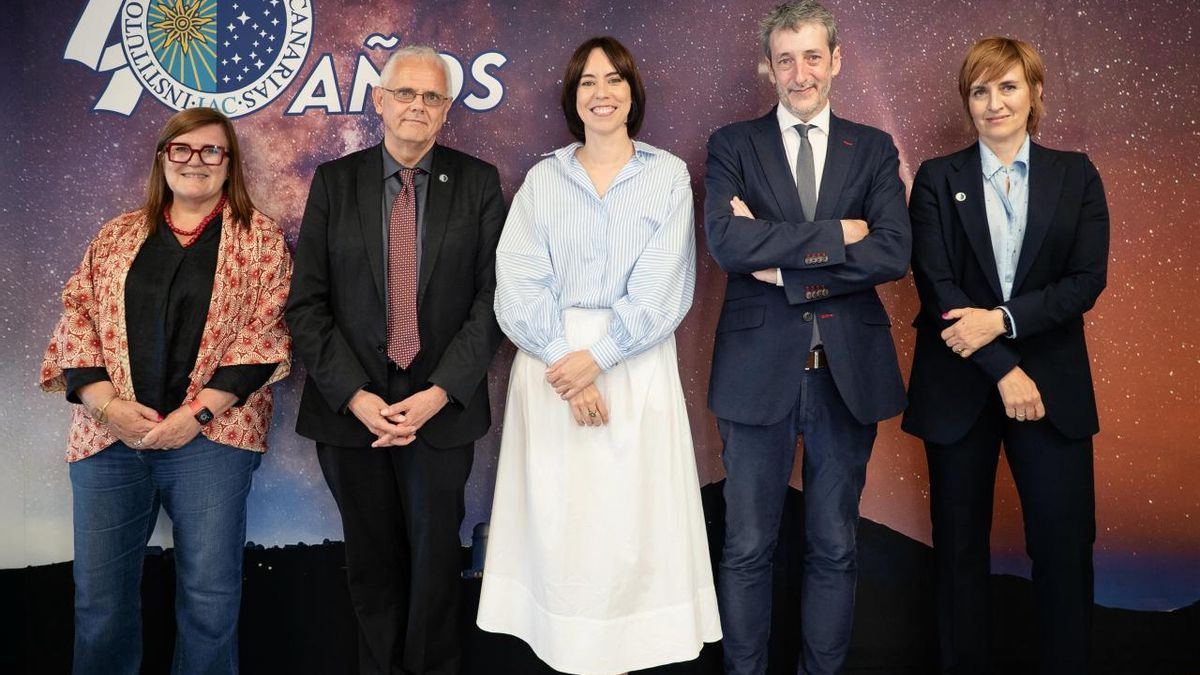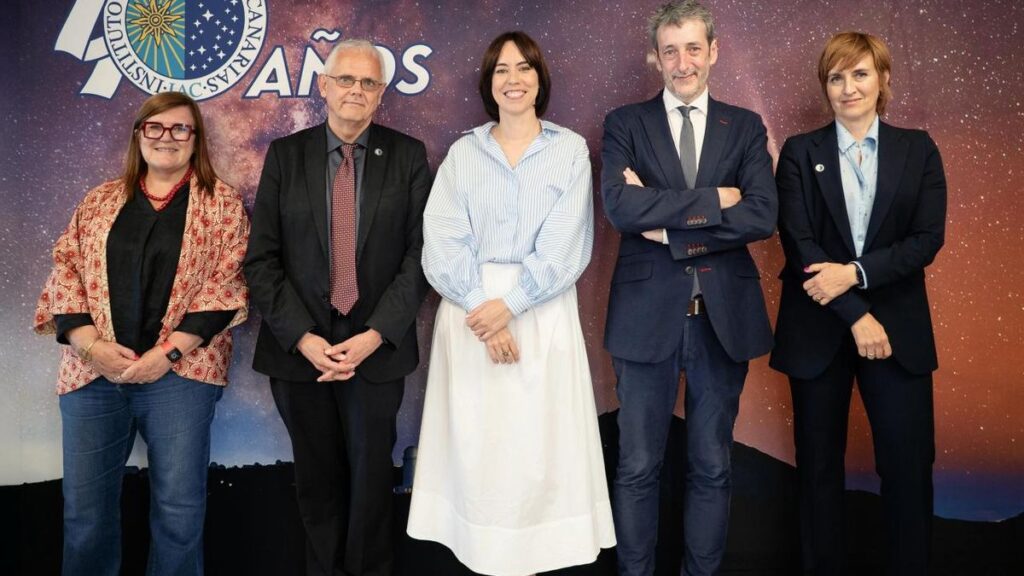Spain’s €400 Million Bid for the Thirty Meter Telescope
Diana Morant, Spain’s Minister of Science, Innovation, and Universities, has announced the government’s commitment to invest up to €400 million through the Center for Technological Development and Innovation (CDTI) to attract the Thirty Meter Telescope (TMT) to La Palma. The proposal, formally submitted to the TMT Foundation, positions Spain as a contender to host the largest and most advanced telescope in the northern hemisphere. “Spain has both the capability and political will to become the future home of astronomy and astrophysics,” Morant emphasized during a meeting of the Canary Islands Astrophysics Institute (IAC) Governing Council.
A Global Hub for Astronomy
Morant highlighted Spain’s proactive stance amid global scientific funding cuts, stating, “While some nations reduce investments in science—or even deny its value—Spain stands as a sanctuary for research.” The TMT, with its 30-meter primary mirror, would enable unprecedented exploration of the universe, from exoplanets to dark matter. Currently, Hawaii and La Palma are the two potential sites for this groundbreaking project.
Long-Term Benefits for La Palma
If selected, the TMT would bring decades of scientific activity, high-skilled employment, and economic growth to La Palma. Morant stressed that this initiative aligns with Spain’s broader strategy to strengthen scientific infrastructure. The Canary Islands Government, represented by Minister Migdalia Machín, has also pledged full support, praising the IAC’s international reputation for keeping the archipelago at the forefront of astrophysics.
IAC’s Growing Budget and Projects
The IAC’s 2025 budget will increase by nearly €2 million, reaching €18.6 million, thanks to additional funding from the Ministry of Science. This investment supports over 80 new research and technical contracts. During the meeting, IAC Director Valentín Martínez Pillet presented key projects, including participation in the Cherenkov Telescope Array (CTA) at Roque de los Muchachos Observatory, featuring four 20-meter telescopes to study high-energy cosmic phenomena. Installation of the LST-3 and LST-4 telescopes was completed in December 2024, with full operations expected by 2026.
Europe’s Largest Solar Telescope and More
The Governing Council also reviewed progress on the European Solar Telescope (EST), Europe’s largest solar telescope, proposed by Spain and included in the 2016 ESFRI Roadmap. Its preliminary optical design is nearing completion, with a full review expected by late 2025. Other highlights include the New Robotic Telescope (NRT), a 4-meter robotic telescope in collaboration with Liverpool John Moores University, and the Exo-Life Finder (ELF) consortium, which will deploy a 3.5-meter demonstrator telescope at Teide Observatory.
Strengthening Science and Society
The IAC’s public outreach efforts, particularly through IACTEC—its business technology collaboration space—were also highlighted. One flagship project, Celeste, will integrate cutting-edge optical technology. The council approved the IAC’s 2026-2028 Strategic Plan, focusing on research excellence, technological advancement, and emerging scientific challenges. As of December 2024, the IAC employs 419 staff, with additional personnel from the University of La Laguna, CSIC, and the Canary Islands Government.


